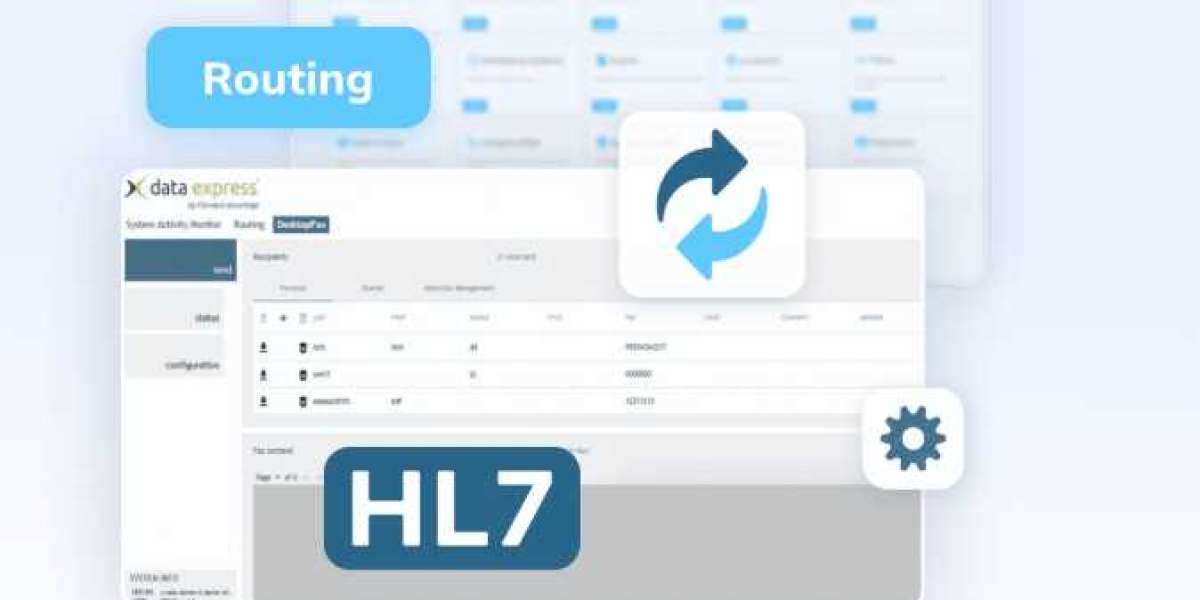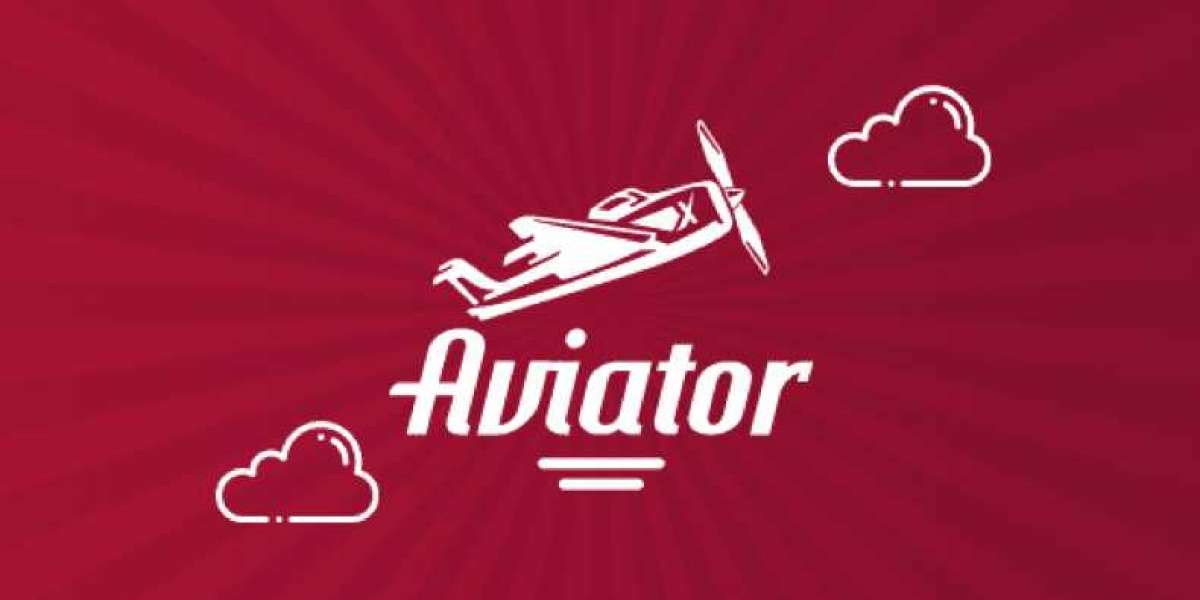In the complex world of healthcare information systems, interoperability plays a critical role in ensuring seamless communication across various platforms. The HL7 (Health Level Seven) standard is one of the most widely used frameworks to support healthcare data exchange. Whether it's patient records, diagnostic information, or treatment plans, HL7 ensures that healthcare providers, payers, and other stakeholders can share vital data efficiently and accurately. The HL7 interface architecture is a pivotal component in this ecosystem, facilitating smooth communication between disparate healthcare systems.
This article will explore the key components of HL7 interface architecture, how they work together, and provide insights into HL7 interface development. Understanding these components is essential for professionals involved in healthcare IT, system integration, and software development within the healthcare sector.
What is HL7?
Health Level Seven (HL7) is a set of international standards for the exchange, integration, sharing, and retrieval of electronic health information. HL7 defines the framework for electronic health data, aiming to streamline communication between healthcare providers and systems. The “Level Seven” refers to the highest level of the OSI (Open Systems Interconnection) model, which governs how data is transferred in a network.
HL7 messages are structured formats for exchanging healthcare information, and they adhere to specific protocols for communication. The HL7 standard ensures that the data exchanged is consistent, understandable, and usable across different applications and systems in healthcare settings.
Key Components of HL7 Interface Architecture
The HL7 interface architecture consists of several critical components that work together to enable seamless communication. Let’s explore each of these components in detail:
1. HL7 Message Structure
HL7 messages are the primary unit of communication in the HL7 interface architecture. These messages contain structured data that represents clinical and administrative information. The key elements of HL7 messages include:
- Segments: A segment is a logical grouping of related data. For example, a segment might represent patient demographic information or clinical observation details.
- Fields: Each segment consists of fields, which hold individual data elements.
- Data Types: HL7 defines a set of data types (such as numeric, date, and time) to ensure that fields are populated with accurate and expected data.
- Delimiters: Delimiters, such as pipe characters (“|”), separate the fields in a message.
HL7 messages can be categorized into different types based on their purpose, such as:
- ADT (Admit, Discharge, Transfer) messages for patient registration and movement
- ORM (Order Message) for order entries (e.g., laboratory or medication orders)
- ORU (Observation Result) messages for laboratory results and other diagnostic information
2. HL7 Interface Engine
The HL7 interface engine acts as the backbone of HL7 communication. It is a software solution responsible for managing the flow of messages between healthcare systems. The engine’s primary function is to route, transform, and validate HL7 messages between the sending and receiving systems.
An HL7 interface engine typically performs the following tasks:
- Message Routing: It ensures that messages are directed to the correct destination (e.g., from a laboratory system to an electronic health record system).
- Message Transformation: Different systems may use different data formats or versions of HL7. The interface engine transforms messages as needed to ensure compatibility between systems.
- Message Validation: The engine verifies that messages conform to the HL7 standards and meet the receiving system’s requirements before forwarding them.
- Error Handling: If a message cannot be processed, the engine will log the error and notify relevant stakeholders.
Popular HL7 interface engines include Mirth Connect, Cloverleaf, and Rhapsody.
3. HL7 Interfaces
HL7 interfaces are the communication pathways that connect different healthcare applications. These interfaces are typically established between systems like Electronic Health Records (EHR), Laboratory Information Systems (LIS), Radiology Information Systems (RIS), and Pharmacy Management Systems (PMS).
An HL7 interface connects two systems to allow seamless data exchange, typically over a TCP/IP network. These interfaces can be designed to handle different HL7 message types, ensuring that healthcare data is transmitted securely and accurately.
The primary goals of HL7 interfaces are:
- Data Exchange: Facilitate the exchange of patient data, test results, and other healthcare information.
- System Integration: Enable interoperability between disparate systems, allowing them to work together in a coordinated manner.
- Real-time Communication: Ensure that data is transferred in real-time, which is critical for healthcare environments where decisions must be made quickly.
4. HL7 Interface Development
HL7 interface development involves creating and configuring the necessary infrastructure to allow systems to communicate via HL7 messages. This process typically involves several key steps:
- System Assessment: Before developing an HL7 interface, it's essential to understand the data requirements and workflow of the systems involved. This includes identifying the HL7 message types to be used and the specific fields required by each system.
- Interface Design: Once the requirements are understood, the interface can be designed. This design will outline how data will flow between systems, the mapping of HL7 messages to system fields, and any required transformations or validations.
- Development: During the development phase, the interface engine is configured, and the necessary software components are developed to handle message routing, transformation, and validation.
- Testing and Validation: The interface must be thoroughly tested to ensure it functions as intended. This includes testing the message flow, validation rules, and error handling processes.
- Deployment and Monitoring: Once the interface is developed and tested, it is deployed to production systems. Continuous monitoring is essential to ensure that the interface runs smoothly and that any issues are quickly addressed.
HL7 interface development requires a deep understanding of both healthcare workflows and technical aspects of HL7 messaging. Development teams must also be familiar with HL7 standards, such as version 2.x and HL7 FHIR (Fast Healthcare Interoperability Resources), to ensure compatibility with various systems.
5. Middleware and Connectivity Solutions
Middleware refers to the software that provides connectivity between different healthcare systems. It is often used in HL7 interface architecture to facilitate communication between the interface engine and various healthcare applications. Middleware solutions provide a set of standardized protocols and tools that enable data exchange, including security, error handling, and real-time data synchronization.
Common middleware solutions in healthcare include:
- HL7 Adapters: These are pre-built connectors that simplify the integration of healthcare systems with HL7 messaging standards.
- API Gateways: These act as intermediaries between systems, ensuring that APIs are exposed securely and messages are routed to the correct destination.
- Data Transformation Engines: These engines convert data from one format to another, ensuring that messages adhere to the proper HL7 format.
Middleware plays a vital role in ensuring that different systems can communicate and exchange data, regardless of their internal architecture.
6. Security and Compliance
Security and compliance are paramount in HL7 interface architecture, given the sensitive nature of healthcare data. Healthcare organizations must ensure that their HL7 messages are transmitted securely and comply with regulatory requirements, such as HIPAA (Health Insurance Portability and Accountability Act) in the United States.
Key security features for HL7 interfaces include:
- Encryption: All HL7 messages should be encrypted to protect sensitive patient data during transmission.
- Authentication and Authorization: Systems involved in HL7 data exchange should use strong authentication mechanisms to verify the identity of the sender and recipient.
- Audit Trails: It is essential to maintain audit trails of all HL7 message exchanges for compliance purposes.
Ensuring that HL7 interfaces are secure and compliant is a critical part of interface development, particularly as healthcare data is increasingly targeted by cyber threats.
7. Monitoring and Troubleshooting
Once HL7 interfaces are operational, continuous monitoring and troubleshooting are required to maintain smooth operation. Monitoring tools allow healthcare organizations to track the status of HL7 messages, identify errors, and ensure that interfaces are running as expected.
Key aspects of monitoring include:
- Message Logging: Maintaining logs of all HL7 messages sent and received, along with status codes and error messages, to facilitate troubleshooting.
- Alerting: Setting up automatic alerts for failed messages, system errors, or potential security breaches.
- Performance Metrics: Tracking the performance of the interface, such as response times and message processing volumes, to identify bottlenecks.
Proactive monitoring helps healthcare providers quickly identify and resolve issues that may arise in the interface, ensuring uninterrupted data exchange.
Conclusion
HL7 interface architecture plays a crucial role in enabling healthcare systems to exchange data in a standardized and efficient manner. The components of this architecture, including HL7 messages, interface engines, middleware, and security measures, work together to facilitate seamless communication across healthcare systems.
HL7 interface development is a complex yet essential process that requires a deep understanding of healthcare workflows, HL7 standards, and system integration techniques. With the continued advancement of healthcare technology and the growing demand for interoperability, HL7 interface architecture will remain a cornerstone of healthcare IT for years to come.
By investing in robust HL7 interfaces and adhering to best practices in development, healthcare organizations can ensure that they can share critical patient data securely, enhance operational efficiency, and ultimately improve patient care.










